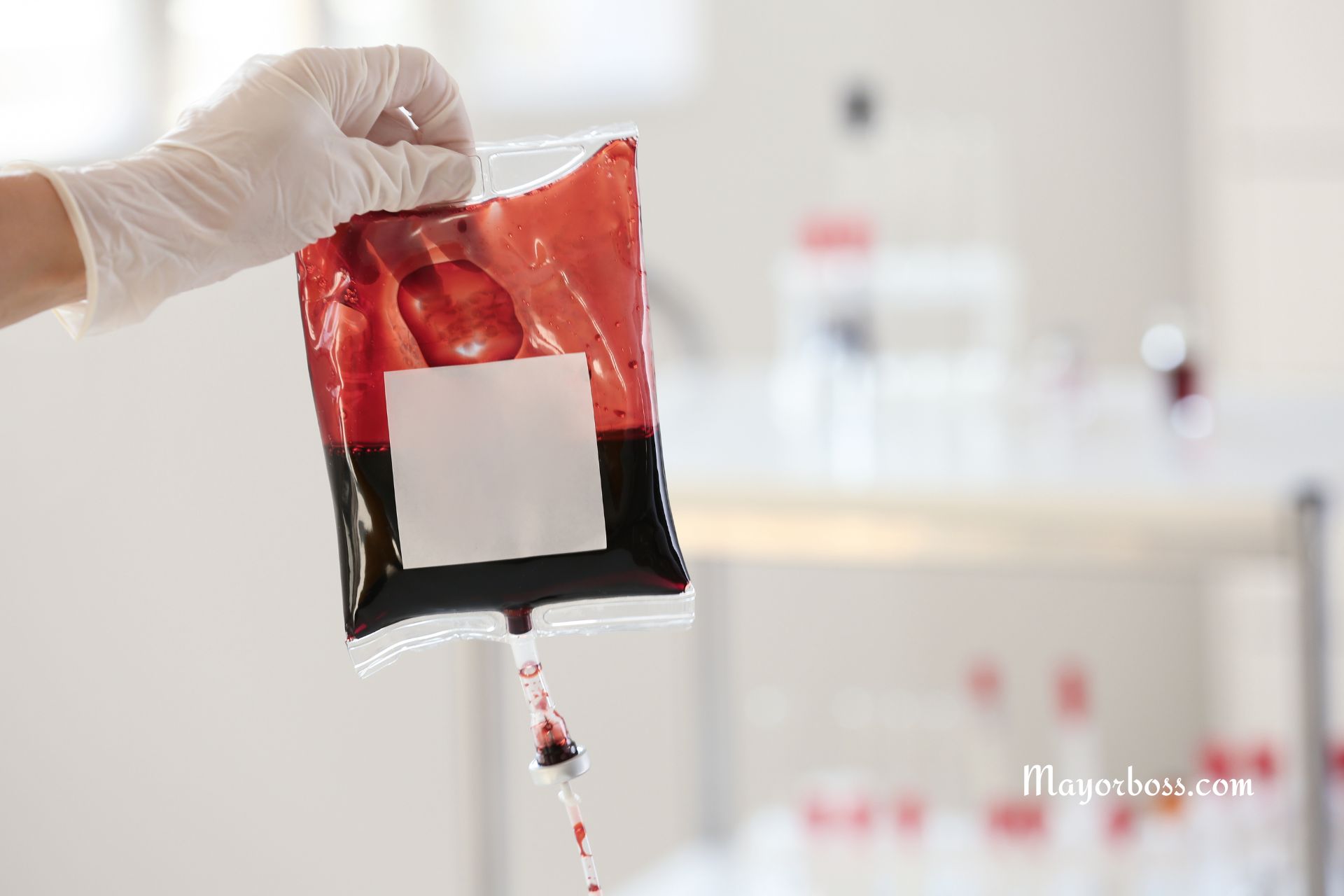What Blood Type is the Universal Donor
In the complex world of blood types and transfusions, there’s one special type that’s often considered a lifesaver – O negative. This blood type is highly valued for its unique ability to be safely given to most people, earning it the label “universal donor.” But why is O-negative so special, and what makes it compatible with other blood types? Let’s dive in.

The Fundamentals of Blood Types
To understand the importance of O-negative blood, we need to grasp the basics of blood types. Our blood is categorized into four main groups: A, B, AB, and O. These groups are distinguished by the presence or absence of specific molecules, called antigens, on the surface of red blood cells:
- Type A: Contains A antigens
- Type B: Contains B antigens
- Type AB: Contains both A and B antigens
- Type O: Contains neither A nor B antigens
In addition to antigens, our blood has another factor called the Rh factor. If you have the Rh factor, you’re Rh-positive. If you don’t, you’re Rh-negative.
Why O Negative Blood is Considered Universal
The key to O-negative blood’s universal compatibility lies in two features:
- No Antigens: Type O red blood cells lack both A and B antigens. This means they won’t trigger an immune response in people with other blood types, as there are no foreign antigens for the recipient’s body to attack.
- Rh-Negative: The lack of the Rh factor means that O-negative blood won’t cause a reaction, even in Rh-positive recipients.
These unique characteristics make O-negative blood the safest option for emergency transfusions when the recipient’s blood type is unknown.
Understanding Blood Transfusion Compatibility
It’s not just about being the ‘giver’; it’s crucial to understand who can receive different blood types, too:
- Universal Donor: O-negative blood can be safely transfused into people with any blood type (A, B, AB, O).
- Universal Recipient: AB-positive blood can receive red blood cells from any blood type.
Why is O Negative Blood in High Demand?
While O-negative blood might be the universal donor, it’s not the most common. Only about 7% of the population has this blood type. Yet, it’s highly sought after for these reasons:
- Emergencies: As mentioned previously, it’s the go-to choice for lifesaving transfusions in trauma situations where there’s no time to determine the patient’s blood type.
- Newborns: Infants with underdeveloped immune systems are extremely vulnerable to complications from incompatible blood. O negative is used to minimize risks.
- Limited blood supply: Blood shortages are always a concern. The universal compatibility of O-negative blood means it can be used for a wider range of patients, making it vital during emergencies.
The Power of Blood Donation
Donating blood, regardless of your blood type, is a selfless act that can make a tremendous difference. If you’re O negative, consider becoming a regular donor, as you possess a precious and lifesaving resource! To find your nearest blood donation center, visit the websites of organizations like the American Red Cross.
FAQs
1. If I’m O negative, how often can I donate blood? You can generally donate whole blood every 56 days. Check with your local blood donation center for their specific guidelines and eligibility requirements.
2. Can anyone with O blood be a universal donor? No. Only O-negative blood is considered truly universal. O-positive blood can be given to anyone with a positive Rh factor (A+, B+, AB+, O+) but not to individuals with negative blood types.
3. Can blood type change? Your blood type is determined by your genetics. Barring extremely rare scenarios like certain bone marrow transplants, your blood type remains fixed throughout your life.
Understanding blood types and compatibility is crucial for both health education and the importance of blood donation. This knowledge might even help you or a loved one someday.
